The symposium on interoperability and remote patient monitoring on June 28 was a great success, with over one hundred attendees, lots of interaction, and even a live experiment using wearables.
We had a diverse program with several experienced keynote speakers in the fields of safe alarm management, wearables, and remote patient monitoring.
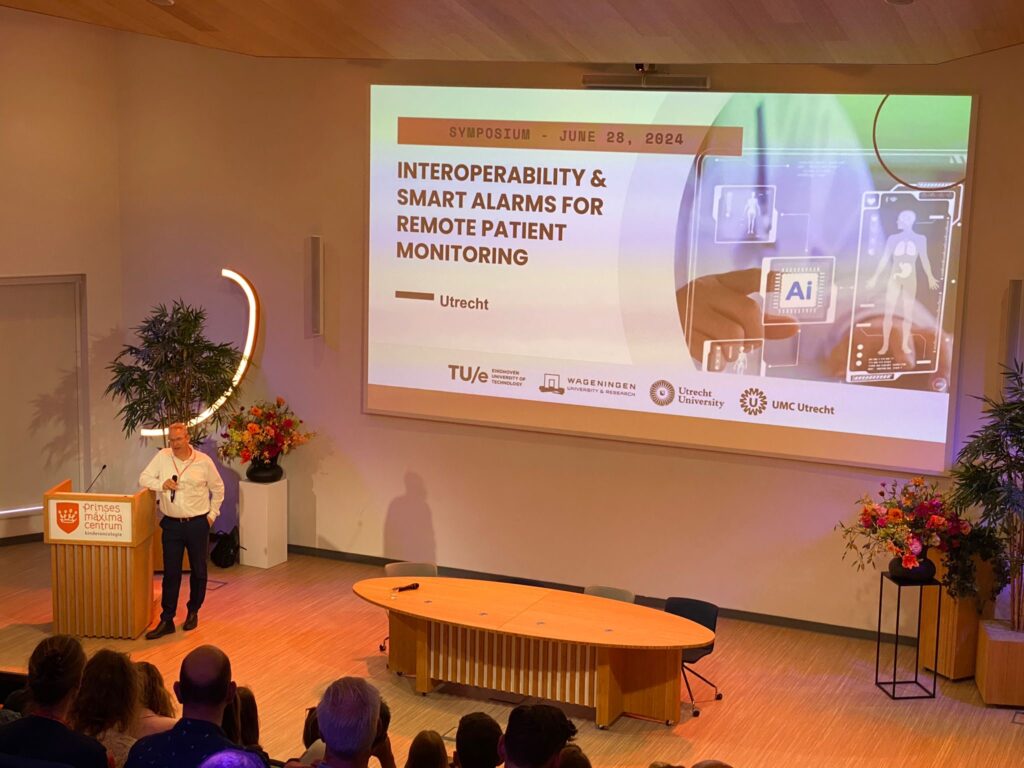
Erik Koomen (UMCU) kicked of the symposium.
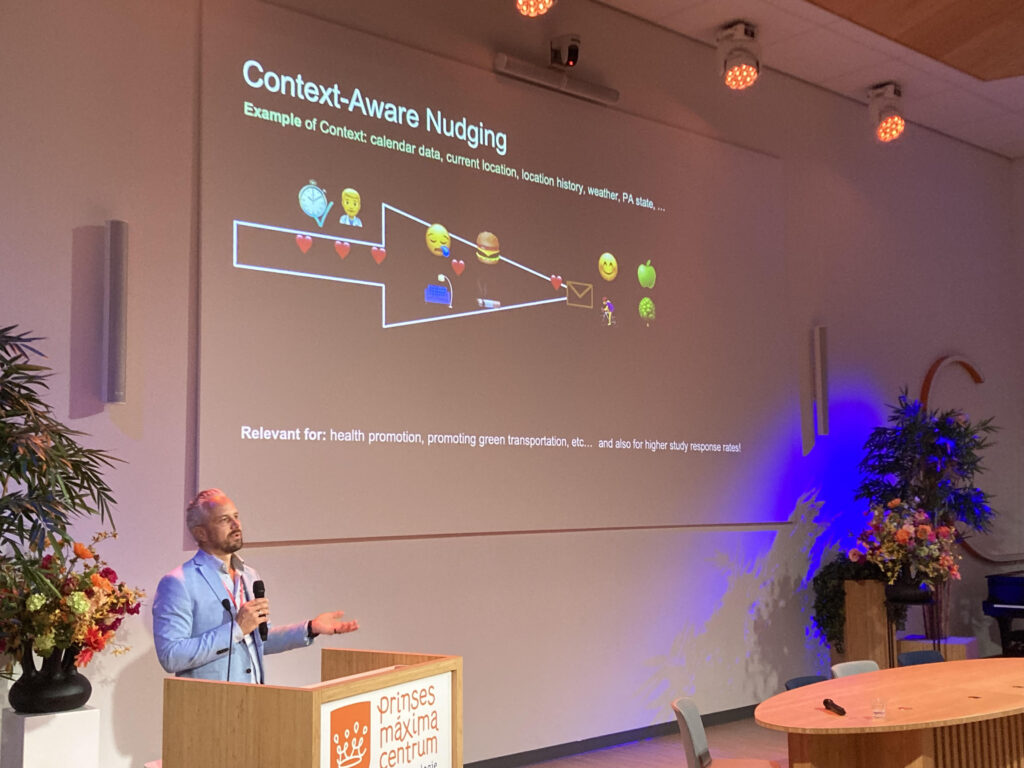

Keynote speaker Michael Wilkening from Dräger demonstrated how interoperability between medical devices and IT systems enables data exchange to create smart alarms for a silent ICU. You can read more on this topic here.
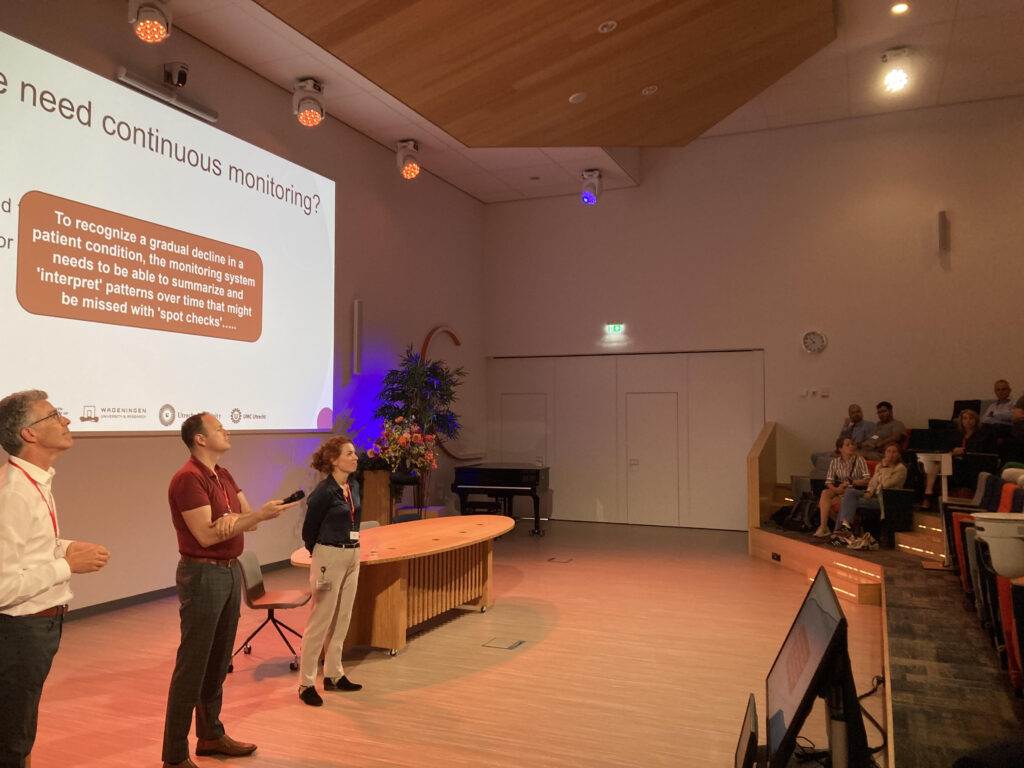
Then there was time for a lunch and attendees walked to the workshops across the different hospitals of UMC Utrecht, Wilhelmina Children’s Hospital and the Princes Maxima Center.
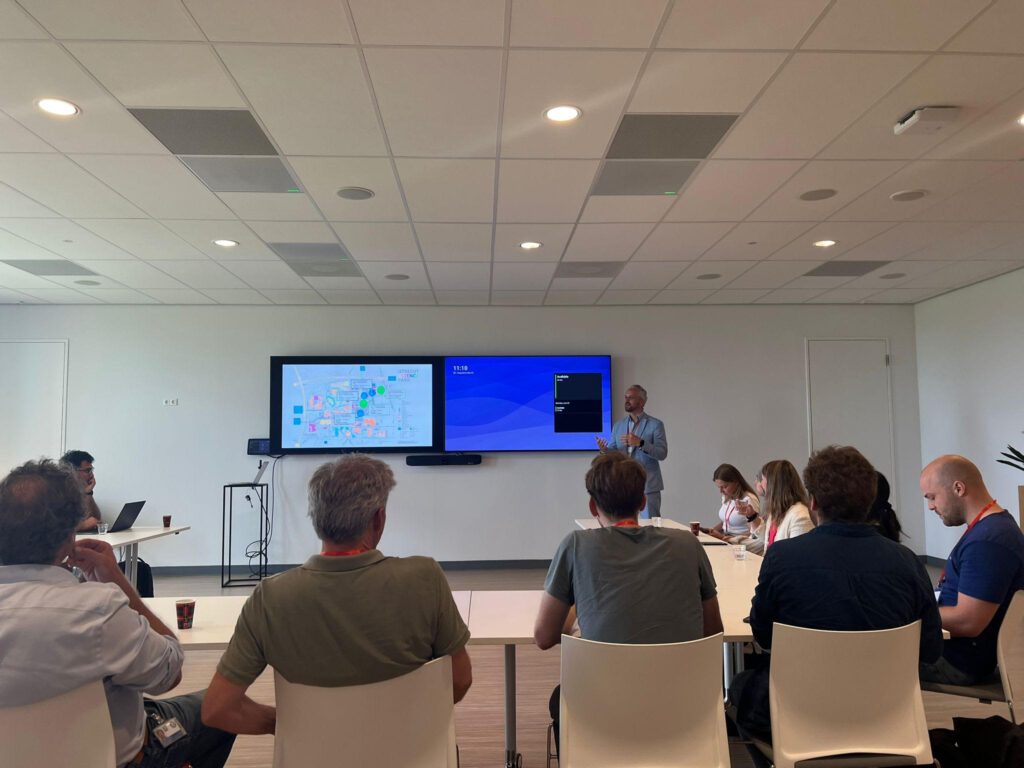
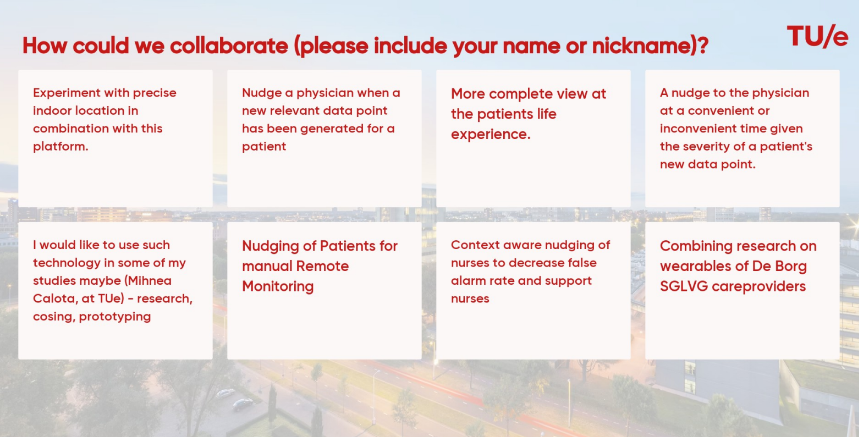

There was also a workshop on remote patient monitoring at the medical service center of UMC Utrecht, featuring a demonstration on its use both in-hospital and at home. Attendees interpreted cases involving vital sign trend patterns and experienced the challenges of remote monitoring without direct access to patient context information. This was followed by interactive discussions on the future of remote patient monitoring and the concept of a virtual ward.

Additionally, Erik Koomen and his team showcased the Silent ICU. They demonstrated the interoperability of the new standard SDC (Service-oriented Device Communication) (IEEE 11073) with the help of their IHI3 partners: Anna Weigand from Dräger, Maria Buergler and Iyad Jaradat from BBraun, Jella Hupe, and Jasper Coppes from Ascom. This interoperability allows medical devices to be silenced if the acoustic alarm can be safely and securely delivered to a mobile device.
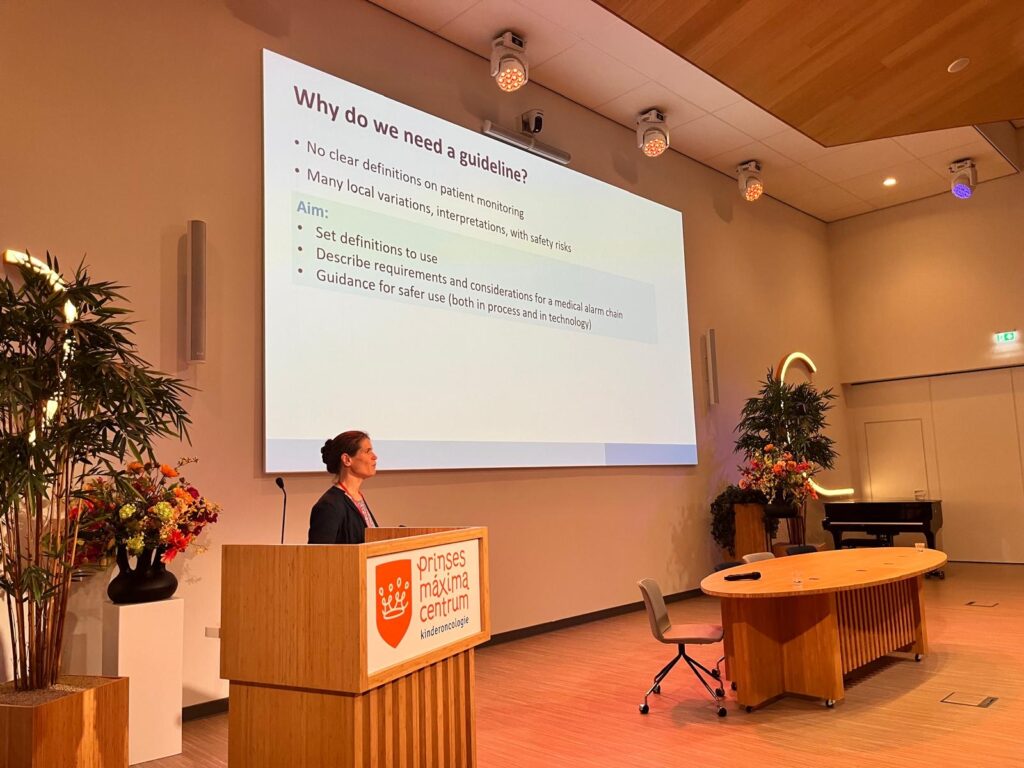
Later that afternoon, keynote speaker Carola van Pul (TU/e) explained the process for implementation of the guideline for safe alarm management and provided examples how to optimize the alarm chain.
The symposium concluded with Pieter van Gorp presenting live data on the walking patterns of attendees who had been wearing wearables throughout the day.